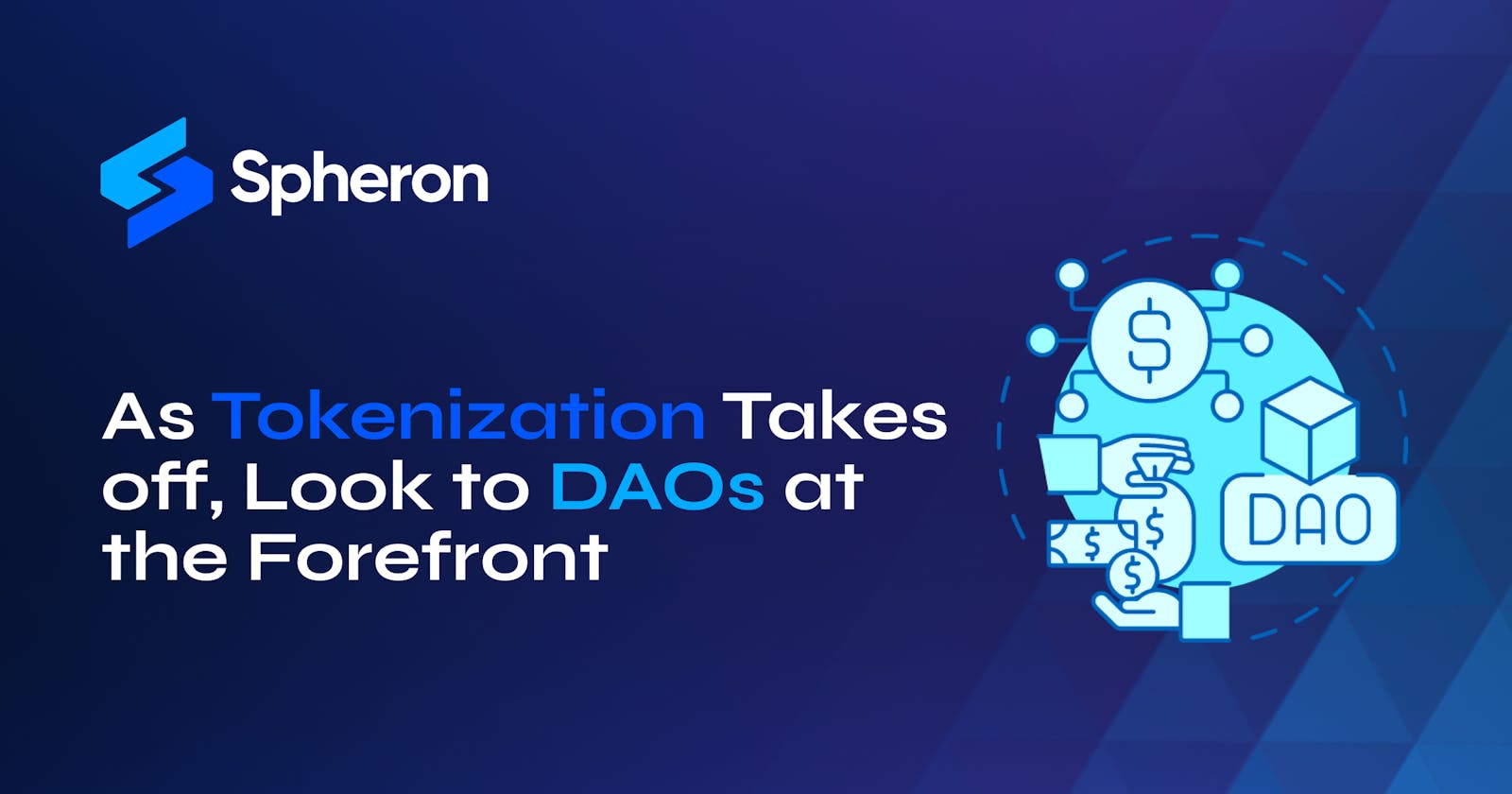The movement towards using blockchain technology for financial assets is becoming more evident. With the successful launch of Bitcoin ETFs in the U.S. and BlackRock CEO Larry Fink's recent comments about the future of "tokenizing" all financial assets, it's clear that financial institutions are exploring the possibilities of moving their assets onto public blockchains. This shift will present new challenges for fund managers in investing institutional capital in this new digital landscape.
Despite all the excitement and speculation about the future, a new internet-based ecosystem is developing on top of cryptocurrency systems. Decentralized autonomous organizations (DAOs), digital groups that operate without traditional legal contracts and can operate across different countries, are well-suited to tackle many of the challenges in this new digital world. This is because DAOs often have large amounts of money in their treasuries, which they manage on the blockchain.
DAOs Manage Risk in Unpredictable Cryptocurrency Markets
Cryptocurrency markets are very unpredictable, and many Decentralized Autonomous Organizations (DAOs) are dealing with this challenge. Many DAOs have their own tokens, which are more volatile than well-known cryptocurrencies like Bitcoin (BTC) or Ethereum (ETH). A big problem with managing assets in the crypto world is that it doesn't have a real 'safe' asset to rely on, unlike traditional markets.
While some people use stablecoins that are pegged to the dollar as a kind of safe asset, this doesn't mean there's no risk at all. This was shown during the Silicon Valley Bank incident in 2023, when USDC, a stablecoin, lost about 7% of its value due to problems with the bank it was tied to.
Despite all these challenges, DAO communities have shown they can handle extreme volatility. Out of the 200 DAOs with the biggest on-chain treasuries in the last quarter of 2022, over a third saw their investments drop by more than 50% after the FTX incident, and 30 saw a drop of over 90%.
One strategy DAOs are using to manage these risks is by investing in real-world assets, like tokenized Treasury bills. This is helping to create a demand for these assets in the crypto world and is opening up new ways for crypto and traditional finance to work together.
DAOs Face Liquidity and Diversification Challenges
Many don't have enough liquidity despite tokens being available for trading 24/7. This means they don't have enough trading activity, especially compared to centralized exchanges for less popular assets. This lack of liquidity can cause big price changes when large trades are made, which is a problem for decentralized exchanges (DEXes) where many DAO tokens are listed.
Additionally, even in the biggest lending and liquidity pools within decentralized finance (DeFi), the returns for small deposits can look good, but they drop significantly when larger amounts are invested. This situation limits DAOs' ability to spread their investments across different assets.
At the end of 2023, most of the top 25 DAOs held more than 90% of their assets in their own native token. This concentration makes it difficult for them to diversify their investments, which is a crucial investing strategy.
The low liquidity and the inability to diversify investments have led to new ways for DAOs to manage their assets. They're exploring derivative protocols and using their native tokens as collateral in DeFi, which are alternative solutions to these challenges.
Balancing Transparency and Governance
The unique aspect of on-chain portfolios, where transactions are fully visible and verifiable, is beneficial and problematic. On the positive side, it allows for auditable and verifiable transactions, which is great for accountability and trust. However, this also means that trading activity is easily seen by others, which can lead to information leakage. This visibility can increase the risk of front-running, where traders try to profit from information about upcoming trades, potentially leading to higher transaction costs.
Moreover, increased transparency can make it harder to manage governance issues. For example, selling a native token in a project can signal a loss of confidence among large token holders, which can be problematic. Similarly, the visibility of large positions in DeFi protocols can lead to negative reactions from the community, such as proposals to freeze tokens due to concerns about large borrowing positions.
Both institutional capital and DAO treasuries face similar unique risks, constraints, and trade-offs when managing assets on-chain. The innovative solutions being developed by DAO service providers to address these challenges can also provide valuable insights for traditional institutional investors.

